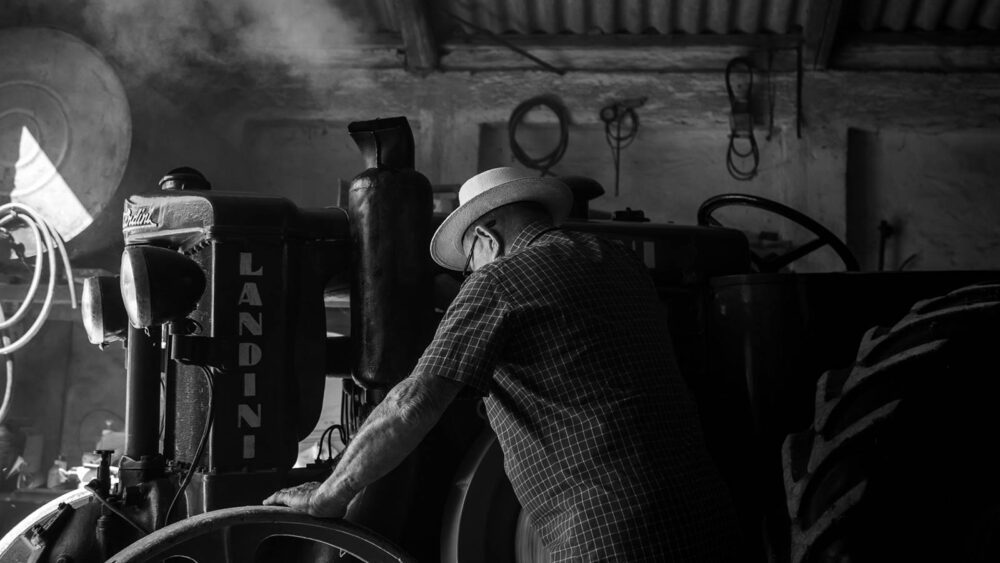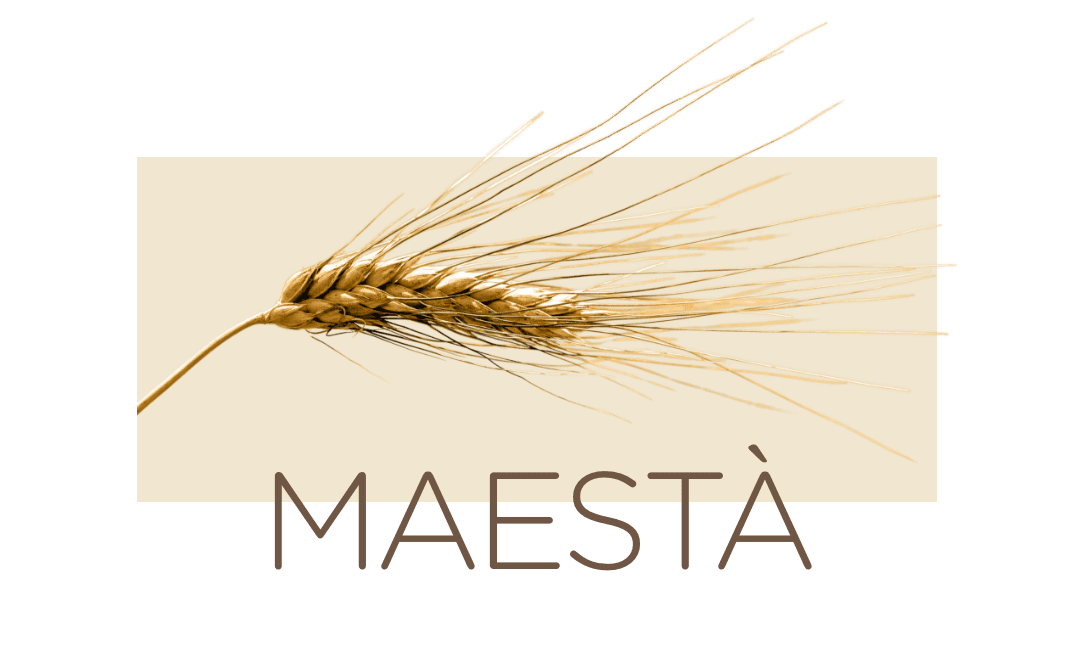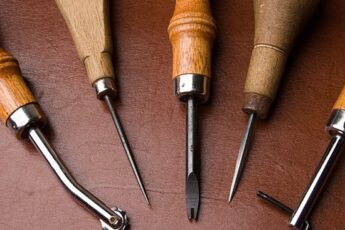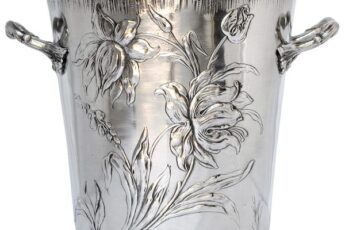What flour do Italians use to make pasta?

Do you know What flour do Italians use to make pasta? This question arises spontaneously because Italians value good food. They love both cooking and sitting at the table to eat and talk with family and friends, especially on Sundays. Thanks to the regional cuisine, there are many dishes to choose from. All nations that passed through Italy (French, Spanish, Arabs, Austrians) left their recipes and flavors. Today, Italian cuisine is known all over the world. You can find Italian restaurants everywhere where you can eat excellent pasta.
But when was pasta “born”?
Pasta has a very ancient history full of anecdotes that began 7,000 years ago. At a time when man abandoned the nomadic lifestyle and began to cultivate the land. He discovered wheat. He learned to cultivate it better and better, grind it into flour, which he then mixed with water and flattened the dough. Then he baked it on a hot stone. Cicero and Horace, 100 years before Christ, enjoyed something they called lagana. These were strips of thin pasta made of flour and water that were dropped into oil, and this is where our lasagna comes from.
Marco Polo brought spaghetti from China
According to legend, already in 1292 Marco Polo brought spaghetti from China. However, this belief is false. There are many documents confirming the existence of pasta Italy even before his journey. According to these studies, it was most likely the Arabs who introduced pasta to Italian cuisine around the year 1000. In a document dated 1154, the Arab geographer Al-Idrin talks about a “flour food in the form of threads” called triyah. Therefore, it is believed that pasta, understood precisely as pasta, it was created in Sicily, specifically in the town of Trabìa, near Palermo. And indeed, Sicilians have been true masters of pasta cooking for centuries.

How many types of pasta are there in Italy?
Currently, more than 300 types of pasta produced in 120 factories. They can be classified as dry and fresh (full or with holes), short, delicate, smooth, striped. The countless varieties of pasta differ in fact in the type of dough, format, surface and possible presence of filling. It is worth mentioning that in the early 1990s there were over 400 shapes of pasta on the Italian market.
What is the difference between fresh and dry pasta?
Fresh pasta is a product that must be stored in the refrigerator, while dry pasta can lie on a shelf in the cupboard. The first is made of water and flour (sometimes also with egg) and has a limited expiration date.

According to some studies, Italy is the country with the highest consumption of pasta. Approximately 28 kg is lost per person annually. They are also its largest producer. The undisputed primacy of the best-selling format in Italy is Spaghetti. We find them in all regional culinary traditions, from northern to southern Italy. They taste great in combination with all types of spices and sauces.

The 10 best-selling pasta shapes in Italy
Ranking 10 best selling pasta shapes in Italy according to data provided by the main companies in the industry:
- Spaghetti
- Penne rigate
- Fusilli
- Rigatoni – Eliche
- Spaghetti grossi
- Mezze penne rigate
- Vermicelli
- Mezze maniche – Cravattine – Spaghetto quadrato
- Maccheroni
- Elicoidali – Paccheri
Depending on the type pasta formats are divided into two categories:
Long pasta
- wide (lasagne, reginette, pappardelle);
- narrow (capellini, tagliolini, fettuccine);
- with a rectangular or lenticular cross-section (trenette, linguine);
- round cross-section (spaghetti, vermicelli);
- with perforated section (bucatini).
Short pasta
- fine pasta for soups (quadrucci, stelline, ditalini);
- mediocre(conchiglie, orecchiette);
- long (rigatoni, fusilli);
- stuffed (ravioli, agnolotti).

Depending on the Surface characteristics of the pasta are divided into three types:
- vixen – smooth
- ruvide – porous, thanks to which the sauce adheres better
- rigate– appreciated for their ability to retain sauces
If we know what flour Italians use to make pasta, we can classify it according to its composition:
– durum wheat semolina pasta – the dough contains durum wheat semolina, water and more bran. Among the requirements to qualify for this category are a maximum final product moisture content of 12.50%;
– pasta with whole grain semolina made from durum wheat – the dough contains whole grain durum wheat semolina and water. It is characterized by a higher fiber content;
– egg noodles – the dough contains semolina, water and eggs (not less than 4 whole chicken eggs/kg). It is characterized by a higher content of protein nutrients;
– fresh pasta – the dough is prepared from soft wheat flour. The final product is characterized by variable humidity ranging from 24-30%. It must be stored at a temperature not exceeding +4°C with a tolerance of up to 2°C;
– stabilized paste – the final product has a humidity of not less than 20%;
– diet pasta – characterized by a specific combination of ingredients. They are divided into gluten-free, protein-free, whole-grain and quick-cooking (containing larger amounts of water);
– special pasta – the dough contains additional food ingredients (e.g. spinach and tomato).

The best flour for fresh pasta
Egg pasta is typical of northern Italy. In particular for the Emilia-Romagna and Piedmont regions, where it is usually made only from soft wheat flour. In fact, northern regions have historically produced mostly soft wheat, ideal for egg noodles.
Fresh pastas include stuffed ones, such as tortelli and ravioli. They must be rolled out thinly to be able to accommodate the filling. Therefore, they require a higher content of durum wheat semolina than, for example, tagliatelle – and those without stuffing, which can also be prepared without the addition of semolina.
Fresh eggless pasta is traditionally found in the mid-southern regions. We are talking, for example, about cavatelli, orecchiette, scialatielli, which are prepared by mixing only durum wheat semolina and water, it is better to use warm water to facilitate the mixing operation.

Difference between type “00” flour and type “0” flour
Starting from the lightest flours to the darkest and richest in fiber, we are talking about “00”, “0”, “1”, “2” and wholemeal flours. We can say with certainty that fresh egg pasta in the Italian tradition has always been prepared from light flours, which in the past were carefully sifted by housewives to eliminate any lumps.
This rule still applies today and you can use “00” or “0” flour to make traditional egg noodles. But which of these two types is better than the other? In fact, the difference between type “00” flour and type “0” flour is related to the ash parameter (i.e. the residue that remains after heating a flour sample to a temperature above 600°C). For the former it cannot exceed 0.55% and for the latter 0.65%. The difference is therefore rather negligible, so much so that even a well-trained eye has difficulty discerning the differences between the two types of flour.
Regardless of whether we use “0” or “00” flour, we are sure to get excellent results considering the simplicity of the recipe. The resulting product will be slightly “gray” at the end of preparation, but this is not a defect and it is not the flour’s fault! In fact, during cooking, the high temperature will turn the egg yellow again and, consequently, the cooked pasta will also take on an inviting, characteristic color.
How to cook pasta?
Here are some simple tips for cooking pasta. Always cook pasta in plenty of water: approximately 1 liter for every 100g of pasta (example: 300g of pasta and 3 liters of water). We choose the appropriate size of ours pot make sure that the water does not reach its edges, because the pasta can increase its volume up to three times during cooking. We calculate about 10g of salt for each liter of water and add salt only when the water boils. If you are cooking fresh pasta, add some oil to the boiling water. After adding the pasta, as soon as the water starts to boil again, reduce the heat, keeping the liquid at a slight boil. To ensure that the pasta cooks evenly, stir frequently while cooking. The pasta should be drained “al dente”, this way the pasta will absorb less water during cooking and will be more digestible and tasty. If you want to add pasta to the pan, cook it at least one minute less.

Basic rules for serving pasta
Just like preparing dishes, their presentation by choosing the right tableware or dinnerware is also important. If we talk about etiquette, there are best practices that should be followed. First and foremost, cooking time is crucial to the success of your presentation. Cooking for the right amount of time to prevent burning is the basic rule. In fact, overcooked spaghetti will be neither pleasant to look at nor to eat. It is also worth choosing appropriate copper or stainless steel vessels.
We already know what flour Italians use to make pasta, but we need good quality dishes for them!
The choice of cookware is as important as the choice of plates: flat bottoms are generally the best alternative, while deep bottoms are suitable for soups and pasta with lots of sauce. As with any other type of culinary presentation, it is important to maintain a balance between the elements: the dish cannot be too rich or have too much empty space on the plate. The arrangement must also be harmonious and consistent with the shape of the vessel. If the plate is round, it is better to place the pasta in the center, if it is square, you can make full use of the corners, but without exaggeration. Presenting spaghetti in the center of the plate using the ladle and fork technique ( Twist the pasta around the fork with the help of a ladle or spoon ) is a procedure preferred by the most fashionable chefs, but it is certainly not the only way to surprise guests.
Colors and textures are other elements to consider when presenting a pasta dish. The starting point is to make the dish – our main character – more attractive – so white tableware will be perfect for rigatoni with tomato sauce, but less so for pennette with cream, unless the white sauce is framed with decorations that mark the boundary between the white of the plate and the food served. However, the best solution for pennete is to use a colored dish.







Leave a Comment